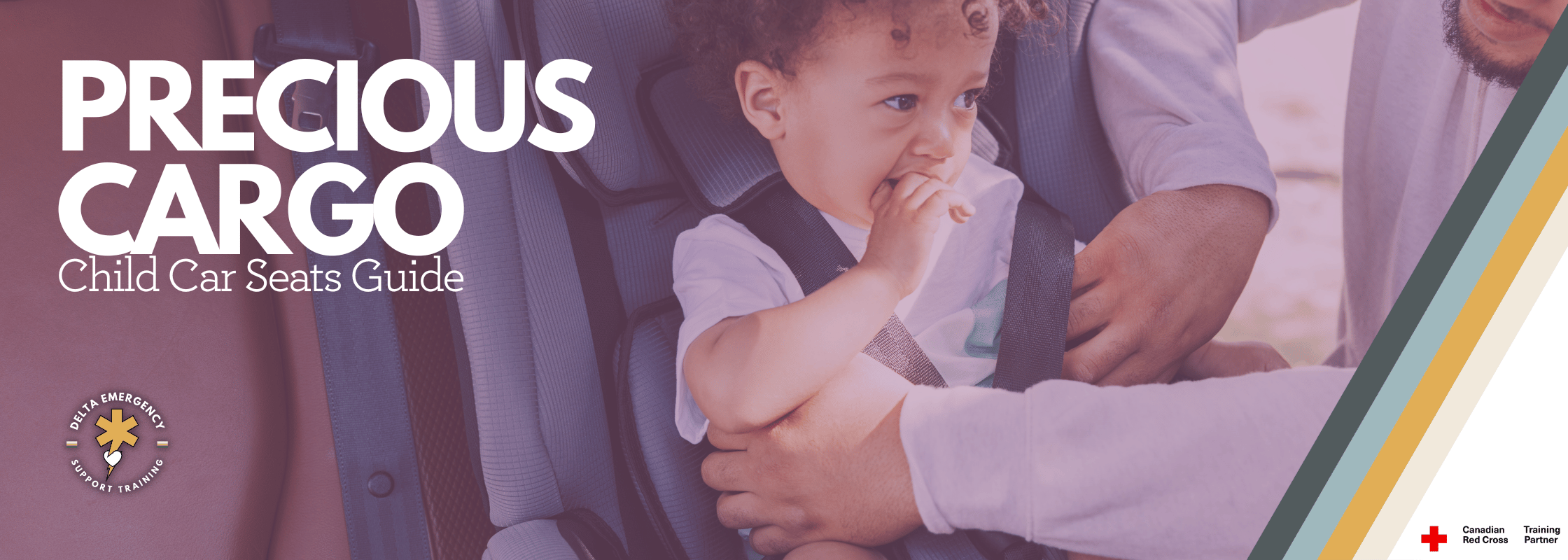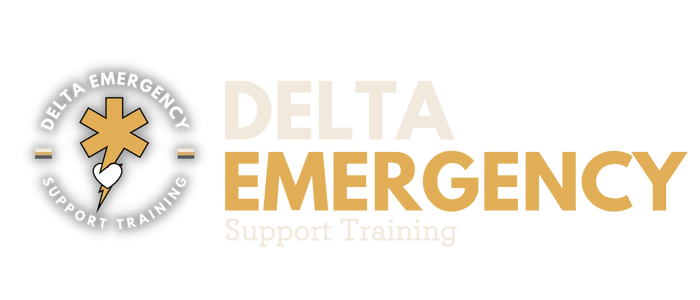Child Safety: The Essential Guide to Correct Car Seats
/Little girl being buckled into car seat by her father
Ensuring the safety of our children is a responsibility that transcends all others, especially when it comes to travel in vehicles. The choice of car seat and the manner in which it's used can make all the difference in safeguarding our precious passengers. Let's delve into the crucial aspects of selecting and utilizing the right car seat for your child's age, weight, and height.
Understanding the Types of Car Seats
Rear-Facing Car Seat:
For infants, a rear-facing car seat is non-negotiable. It provides optimal protection for delicate heads, necks, and spines during sudden stops or crashes. As your child grows, transitioning to a larger rear-facing seat, and continuing its use until they reach the manufacturer's weight and height limits, ensures their safety until the age of 2, 3, or even 4 years old.
Forward-Facing Car Seat:
Once your child outgrows the rear-facing seat and reaches at least 2 years old, they can graduate to a forward-facing car seat equipped with a 5-point harness. It's crucial to keep them in this harness until they weigh at least 18 kg (40 lb) and can sit upright without slouching or unbuckling—a milestone typically achieved around 4, 5, or even 6 years old.
Booster Seat:
Upon outgrowing the forward-facing seat, usually around 4 years old and at least 18 kg (40 lb), transitioning to a belt-positioning booster seat is the next step. However, it's paramount that your child can sit correctly in the booster seat, ensuring the lap belt rests snugly across their hips and the shoulder belt lies across their chest and collarbone, between the neck and shoulder.
Seat Belt:
Once your child reaches a height of at least 145 cm (4’ 9”), they may be ready to transition to using an adult seat belt. However, it's imperative that the belt fits them properly—knees bent comfortably, lap belt low and snug across the hips, and shoulder belt positioned between the neck and shoulder without causing discomfort.
Installation and Usage Guidelines
Installing a Car Seat with a 5-Point Harness:
Place the car seat in the back seat and secure it using the Universal Anchorage System (UAS) or the vehicle seat belt.
Ensure the seat is tightly secured, with minimal movement.
Follow the manufacturer's instructions for recline angle adjustment (for rear-facing seats) and tether strap usage (for forward-facing seats).
Securing Your Child in a 5-Point Harness:
For rear-facing children, adjust harness straps to be level with or just below the shoulders.
For forward-facing children, position harness straps at shoulder level or just above.
Tighten harness straps snugly, ensuring no slack or twists, and place the chest clip at armpit level.
Avoid bulky clothing or snowsuits, as they can interfere with proper harness fit.
Using a Booster Seat:
Ensure the lap belt fits low and snug across the hips and the shoulder belt rests over the chest and collarbone.
Follow manufacturer instructions for routing the seat belt through any guides or armrests.
Ensuring Safety and Compliance
Always check for the National Safety Mark and review age, weight, and height limits specified by the manufacturer.
Replace car seats involved in any crash, even minor ones, and be mindful of expiration dates.
Regularly check for recalls and register the seat with the manufacturer for updates.
Utilize online resources, community car seat clinics, and manufacturer tutorials for guidance and support.
Additional Safety Tips
Never leave a child unattended in a car and use memory aids to prevent unintentional forgetfulness.
Avoid using unauthorized accessories and ensure the infant carrier is securely placed and never on elevated surfaces.
Prioritize safe sleep practices by removing the child from the car seat upon arrival.
In conclusion, correct car seat usage is paramount for ensuring the safety and well-being of our children during travel. By adhering to safety regulations, following installation and usage guidelines, and staying informed about safety updates, we can mitigate risks and provide the highest level of protection for our precious passengers. Let's commit to prioritizing child safety on the road, one journey at a time.




